
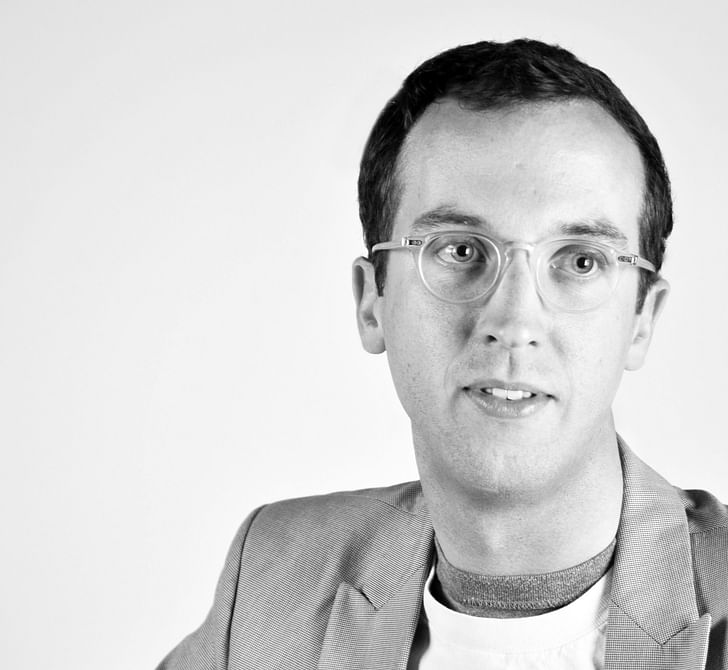
Working out of the Box is a series of features presenting architects who have applied their architecture backgrounds to alternative career paths.
In this installment, we're talking with production designer and art director, Colin Sieburgh.
Are you an architect working out of the box? Do you know of someone that has changed careers and has an interesting story to share? If you would like to suggest an (ex-)architect, please send us a message.
The interdisciplinary overlap between film and architecture runs deep – but their politics can vary wildly. Throughout the incessant negotiations and collaborations, a strong architecture backbone keeps Colin Sieburgh flexible in his role as production designer and art director.
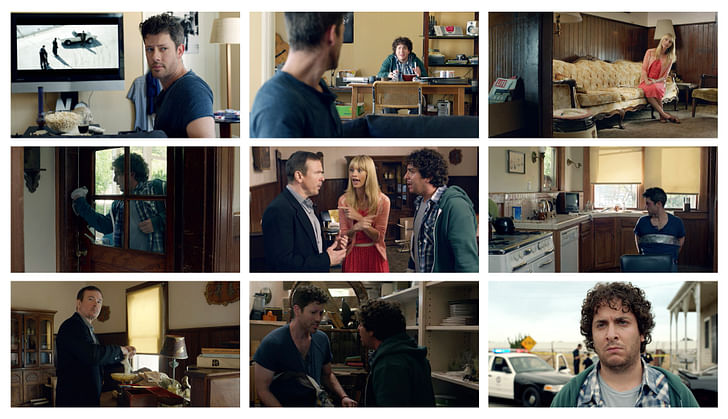
Nowadays, a handful of schools seem to be aligning with Sieburgh's lateral move from architecture to filmmaking, offering programs in cinematic world-building for films or interactive, computer-generated experiences. As virtual realities become more sophisticated and integrated into our everyday lives, our experience of the built environment may no longer be limited to the physical world – something film has allowed us to vicariously experience for over a century, through the efforts of people like Sieburgh.
Where did you study architecture?
Cornell University, BArch 2005, and Harvard University, MArchII 2007.
At both institutions, I majored in architecture, but always had my fingers in many pots, from designing clothes for fashion shows to guerrilla installations around campus and exploring film theories in relationship to my design processes.
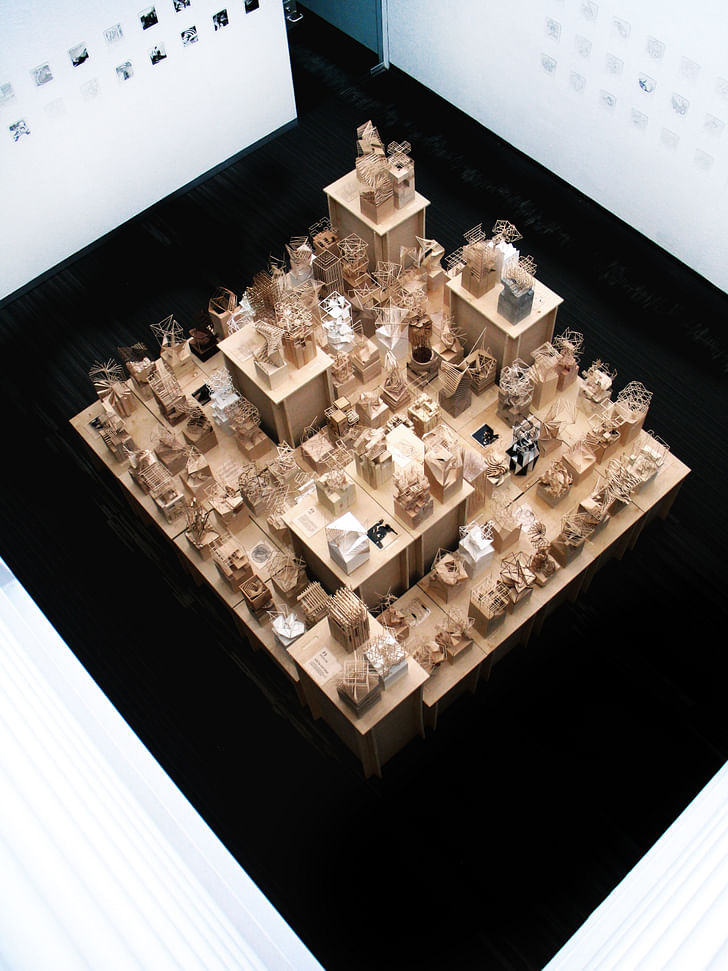

At what point in your life did you decide to pursue architecture?
I have vague memories of playing with Legos, Lincoln logs and the cliché catalog of children's toys that indicate a sense of architecture tendencies as a child. But I had my concrete epiphany after I did the Exploration of Architecture program at Cornell University in between my Junior and Senior years in High School. I came home from that speaking a new language and 100% sure that this was a field I wanted to explore academically. I had a curiosity that couldn't be controlled.

When did you decide to stop pursuing architecture? Why?
It's actually been a gradual process moving out of architecture. Upon moving to California in 2007, I worked for Predock_Frane Architects for 3 years, but then transitioned into teaching undergrad architecture design studios and set design at USC. The flexible teaching schedule allowed me to explore many different types of projects, including a collaborative installation for PLAY MOCA in 2012, combining musicians, artists and architects for a three-part summer concert series. During this time, I also began developing some independent art projects, one of which is called Film Splices, which is a series of visual / spatial timelines of films and their editing styles.
Architecture has always been the backbone off of which I am able to explore many facets of designI don't think I have officially stopped pursuing architecture altogether, as I never really took the classic path into architecture in the first place. Architecture has always been the backbone off of which I am able to explore many facets of design, while always referring back to the basic principles I learned in school (see below for more on that).

However, I did make a conscious decision to decline any architecture related jobs about 2 years ago and dive full force into the film industry. I was first introduced to the profession of Production Designer by one of my professors at Cornell, Mary Woods. My final paper for her History of American Architecture class was to propose a production design concept for a soon-to-be-released film. That experience, coupled with my undergrad thesis, which looked at the relationship between the motel room and movie theater, were both always in the back of my mind when I decided to move to the city of angels. I was always fascinated by the world of Hollywood, but it took me awhile to finally break into the industry.
Describe your current profession.
I was always fascinated by the world of Hollywood, but it took me awhile to finally break into the industry.Currently, I am a Production Designer and Art Director for film and TV. Production designers work closely with the director to develop and create all of the visual components and concepts of the film or TV show. This includes the set designs, location selections, set decoration, props, etc. In the pre-production phase, there is a lot of image reference research for the overall look and feel of the project, along with location scouting and logistics. These visualizations are then developed further through orthographic drawings for construction, graphic design for any signage, and any other collection of the physical objects that will appear in the shot. During filming, the production designer consults with the Director of Photography to make sure the camera angles work with the layout of the sets and actors.
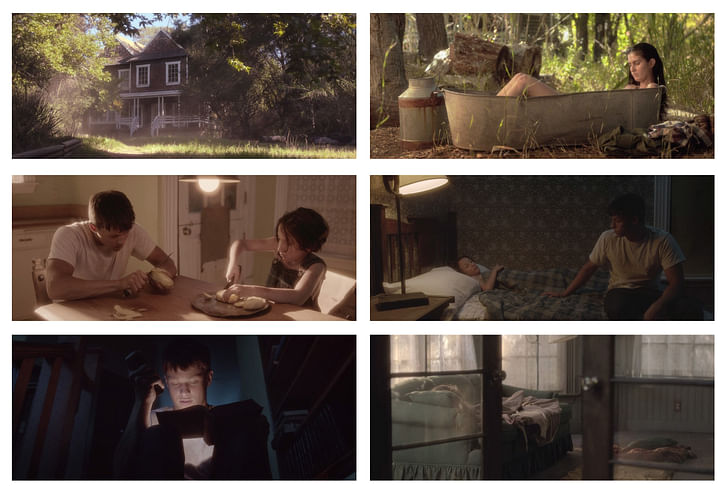

On larger projects, the Production Designer is responsible for the overall vision, while the Art Director is tasked with seeing this vision through and coordinating with all of the departments.
I have worked on a range of projects, from smaller short films in which I am fully responsible for all of the production design elements (Home - 2014, And I Quote - 2014), to larger feature films where I am part of the Art Department team (Gone Girl - 2014). My most recent gig was as Assistant Art Director for a new Fox TV show called Weird Loners, coming out Spring 2015.
What skills did you gain from architecture school, or working in the architecture industry, that have contributed to your success in your current career?
architects are at the center of the myriad of consultants required to complete a project. The same is true for Art DirectionCollaboration. And concept development / problem solving. Let me explain: in school, collaboration was a dirty word for me personally. However, in the profession, architects are at the center of the myriad of consultants required to complete a project. The same is true for Art Direction, coordinating all of the physical aspects of whats shows up on camera with every department, from construction/painting, wardrobe, lighting, special effects, stunts, etc.
Being able to think conceptually and problem solve creatively is also a huge part of what I use from my education in this new industry. Whether filming on location or building a set from scratch, we have to come up with creative solutions that are both const effective, convey the space three dimensionally and cheat wherever possible to create an illusion of something even greater when it appears on film.
...plus, my 3d modeling and drafting skills definitely give me a huge advantage.
Do you have an interest in returning to architecture?
In an official capacity, no. I have no interest in pursuing my architecture licence or opening an architectural practice. However, I still plan on continuing to teach design studios in LA and my 3d modeling and drafting skills definitely give me a huge advantage.abroad, so I never see myself completely turning my back on the field. I am open to future design projects that could be classified as Architecture, but my focus right now is primarily on more Art Direction and Production Design jobs.
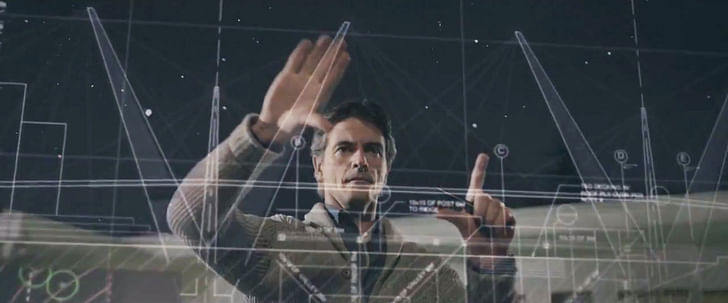
Former Managing Editor and Podcast Co-Producer for Archinect. I write, go to the movies, walk around and listen to the radio. My interests revolve around cognitive urban theory, psycholinguistics and food.Currently freelancing. Be in touch through longhyphen@gmail.com
1 Comment
Congrats on the write up Colin. I remember seeing your awesome models around the studio at Cornell.
Block this user
Are you sure you want to block this user and hide all related comments throughout the site?
Archinect
This is your first comment on Archinect. Your comment will be visible once approved.